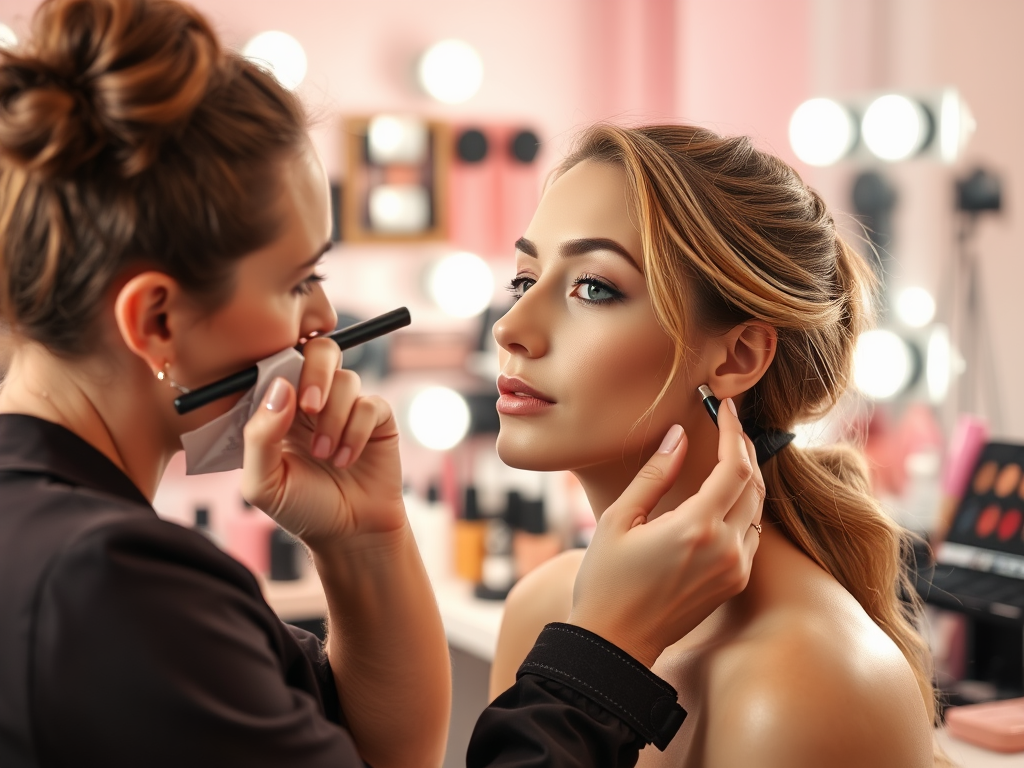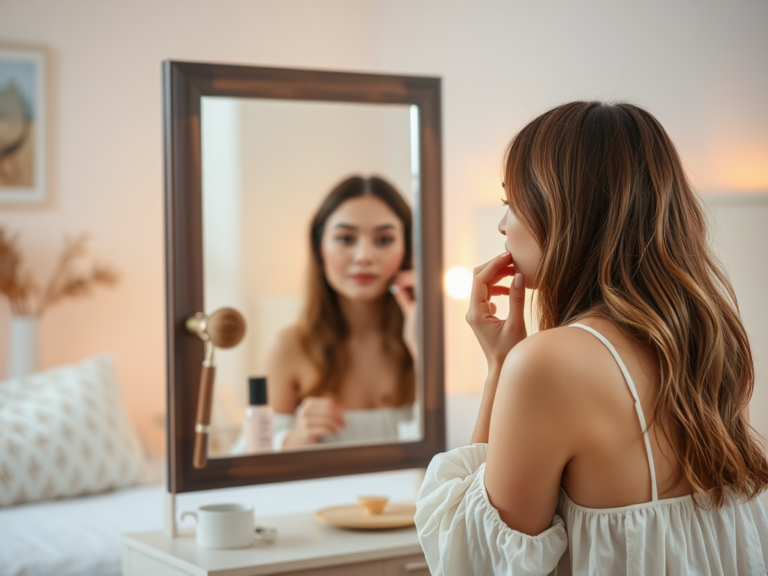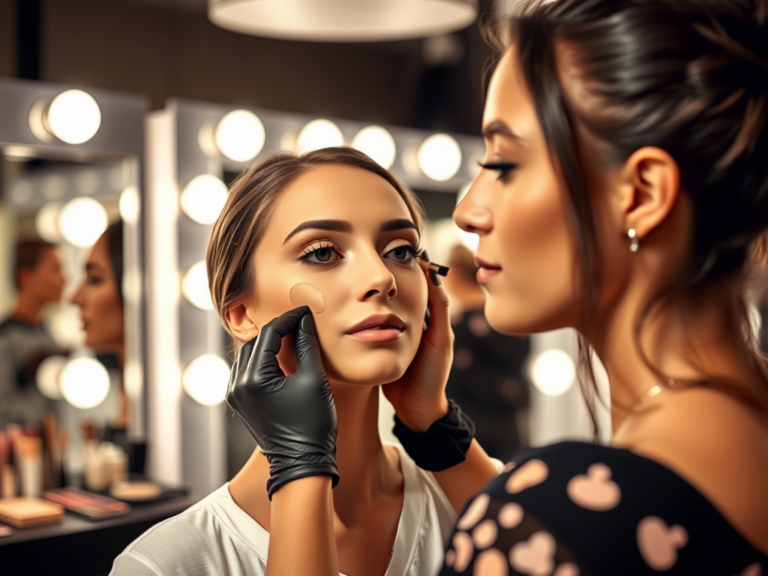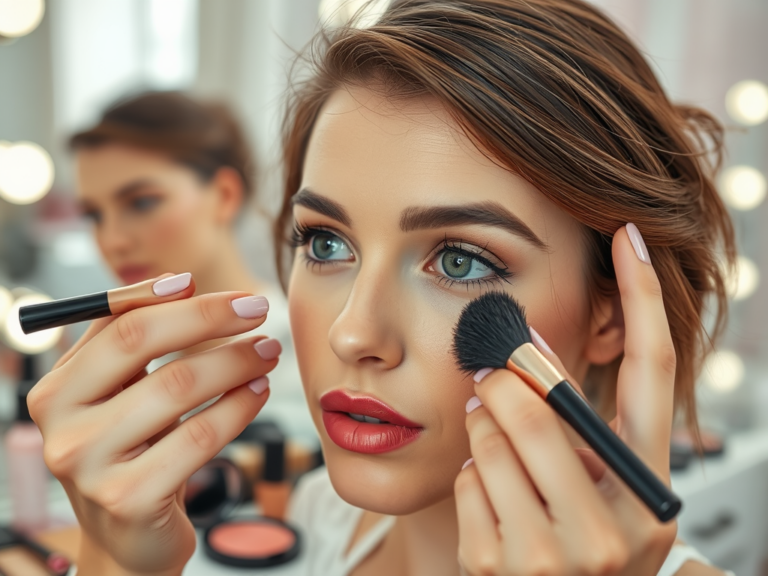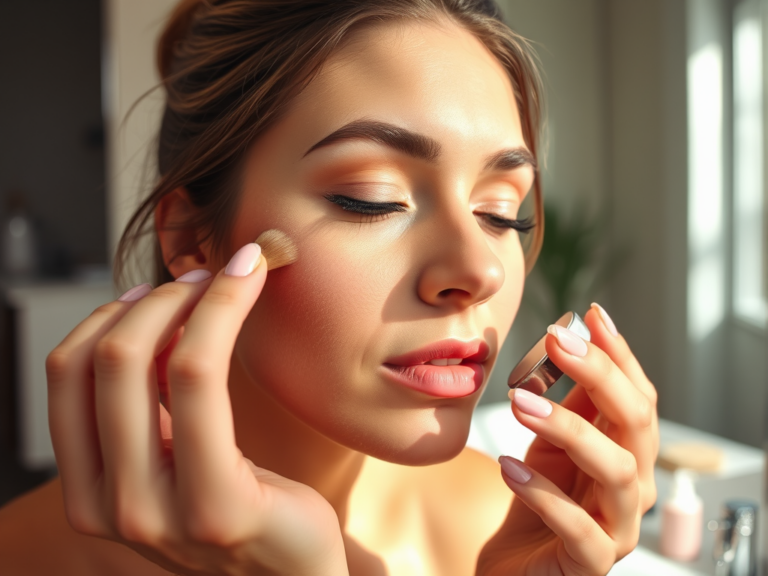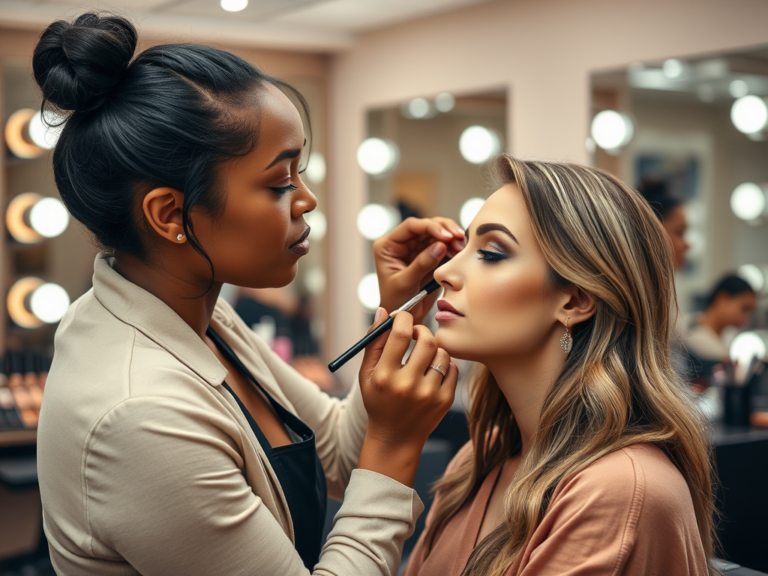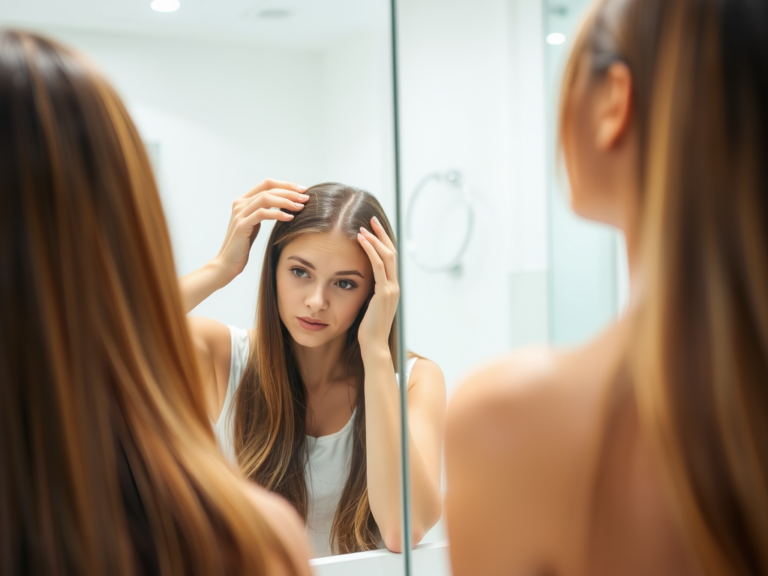When it comes to makeup, the quest for a flawless finish can at times feel like a never-ending journey. Many individuals often grapple with the issue of cakey makeup, which can stem from various factors including skin type, technique, and of course, product choice. One critical player in the fight against a cakey appearance is primer. Though often overlooked, when used correctly, primer can be a game changer, creating a smooth canvas for foundation and enhancing the longevity of your look. In this article, we will delve deep into how primer functions, how to select the right one, and the best techniques for application—all with the aim of achieving that coveted, sleek finish.
Understanding Cakey Makeup
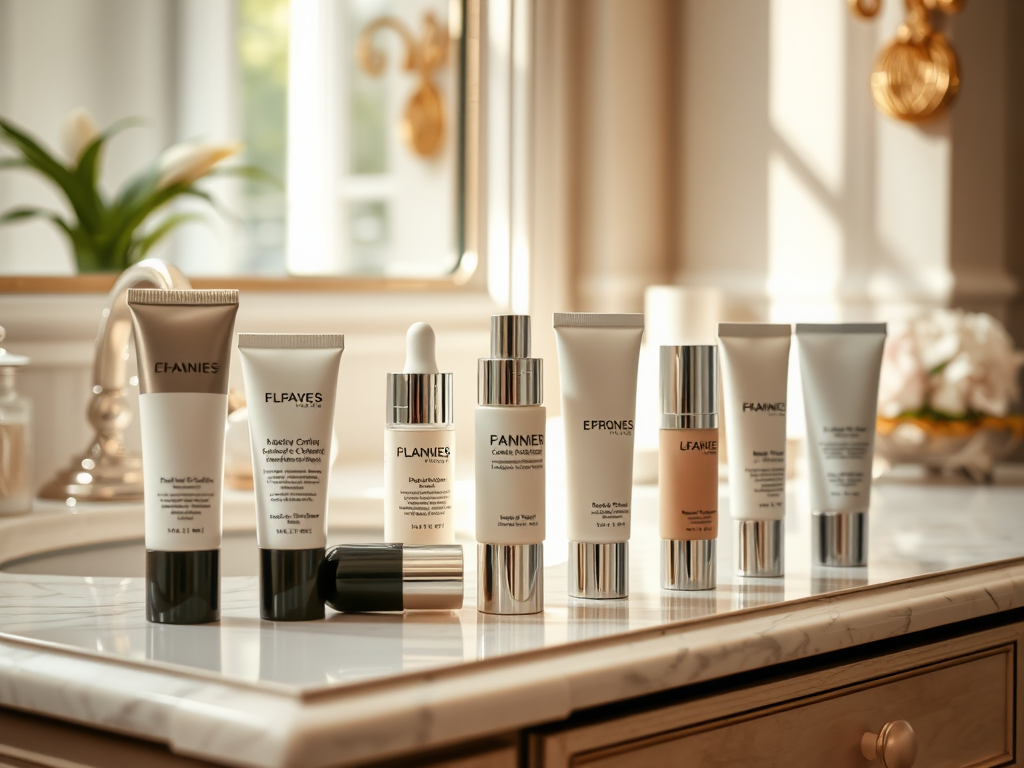
Cakey makeup can be a major confidence killer, leading to disappointment at the end of the day when you look in the mirror. It typically occurs when foundation and other face products clump together on your skin, resulting in a heavy and uneven appearance. This unsightly look can be attributed to several factors, both environmental and individual choices. Firstly, the amount of product used heavily influences whether your makeup appears cakey. Secondly, the way the skin is prepped before application significantly impacts overall results. Lastly, wearing the wrong product for your skin type can also contribute to this frustrating outcome. By taking a closer look at these issues, you can lay the groundwork for finding effective solutions.
- Excessive product use that overwhelms the skin.
- Incorrect skin preparation leading to uneven texture.
- Choosing the wrong formula that doesn’t suit your skin type.
What is Primer?
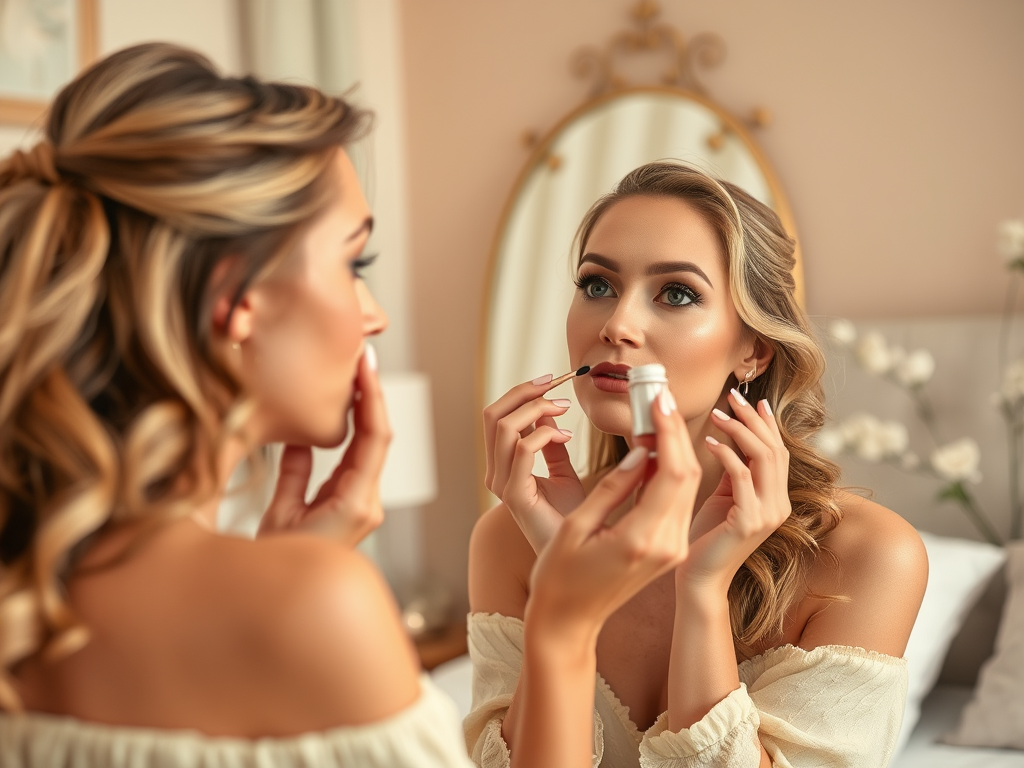
Primer is more than just an extra step in your makeup routine; it serves as the essential foundation upon which your entire look is built. Many people, however, have misconceptions about what primer actually does. Specifically designed to create a smooth surface, primer acts as a barrier between your skin and makeup, ensuring a more even application. It can come in various forms—creams, gels, or sprays—and functions to enhance the performance of your makeup. Whether you are aiming for a natural glow or a matte finish, there is a primer tailored for your specific needs. With the right choice and application, primer can also prolong the wear of your makeup throughout the day.
- Silicone-based primers: These create a silky texture and fill in fine lines.
- Water-based primers: Ideal for hydration, particularly for dry skin types.
- Mattifying primers: Perfect for oily skin, they control shine and oil.
How Primer Works to Prevent Cakey Makeup
Understanding how primer works is essential for anyone looking to avoid cakey makeup. When applied correctly, primer helps to smooth the skin’s surface, allowing foundation to glide seamlessly over the skin. This means that less product is needed, reducing the risk of that heavy, cakey appearance. The silicone and other texturizing agents in primer also create a barrier that prevents foundation from settling into pores and fine lines. As a result, makeup appears more fresh and vibrant, even throughout a long day. By forming this shield, primer not only enhances the application but maintains the integrity of your makeup.
| Primer Type | Best For | Key Benefit |
|---|---|---|
| Silicone-based | All skin types | Smooth texture and blur imperfections |
| Water-based | Dry skin | Hydrates and refreshes |
| Mattifying | Oily skin | Controls shine and oil |
Choosing the Right Primer for Your Skin Type
Selecting the right primer can feel overwhelming given the multitude of options available in the market today. As a first step, assess your skin type—are you oily, dry, combination, or sensitive? Proper identification will streamline your decision-making process and yield more effective results. Think about your makeup goals; do you wish to achieve a dewy glow or a matte finish? Additionally, always check the ingredient list for beneficial compounds like hyaluronic acid for hydration or tea tree oil for its oil-controlling properties. Ultimately, a personalized approach will lead you to the best primer for your makeup routine.
- Identify your skin type for the best match.
- Decide on your desired makeup finish—matte or dewy.
- Look for ingredients that cater to your specific needs.
Application Tips for Optimal Results
The application of primer is equally important as its selection. Knowing the proper method can exponentially increase its effectiveness in keeping your makeup flawless. Begin your routine with clean, moisturized skin—this sets a strong foundation for primer application. Use a pea-sized amount and apply it in small dots across your face. From there, use your fingers or a brush to gently spread the product over your skin, focusing particularly on areas prone to oiliness or makeup settling. This technique is crucial as it ensures even coverage without overwhelming your skin with product. Finally, allow the primer to set for a minute or two before applying your foundation for optimal results.
Conclusion
In conclusion, harnessing the power of primer can significantly reduce the incidence of cakey makeup, giving you a polished and long-lasting look. By understanding the types of primers available, their functions, and the correct application techniques, you can achieve a perfect canvas for your makeup. Armed with this knowledge, you’ll be well on your way to a smoother, more radiant complexion, free from the frustrations of cakey makeup. Embrace primer not just as an additional product, but as an indispensable ally in your beauty arsenal.
Frequently Asked Questions
- What is the main purpose of using a makeup primer? The primary function of a makeup primer is to create a smooth surface for makeup application and to enhance its longevity throughout the day.
- Can I skip primer if I have great skin? While it’s possible to forgo primer, it still serves benefits such as extending wear time and providing an additional layer of smoothing.
- How long should I wait after applying primer before putting on foundation? It’s usually best to allow 1-2 minutes for the primer to set before you apply your foundation.
- Does primer make my makeup look less cakey? Yes, using primer allows for a more even application, which can significantly reduce the chances of a cakey appearance.
- Can I use primer on its own without foundation? Certainly! Some choose to wear primer alone for a more natural look, providing a smoother texture and an even skin tone.
